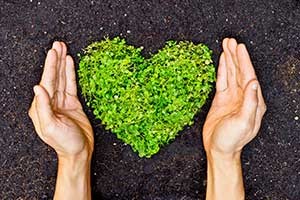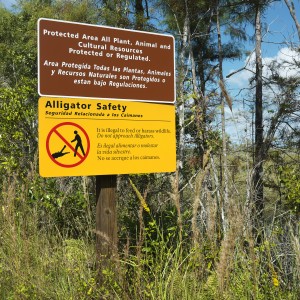 The Everglades is a beautiful, vast place that happens to be a National Park for people to experience in many different ways, year round. The “River of Grass” is full of all sorts of plant life, animal life, and landscapes; it also experiences lots of different weather. Being a park in nature, there’s a lot of unpredictable things that can happen, like bad weather, flooding, area restrictions, etc. When visiting the Everglades, it’s best to familiarize yourself with some of the park’s safety precautions and rules, so you can get the most out of your visit. Whether you’re taking an airboat tour, walking a trail, or going on a picnic, you should keep safety in mind.
The Everglades is a beautiful, vast place that happens to be a National Park for people to experience in many different ways, year round. The “River of Grass” is full of all sorts of plant life, animal life, and landscapes; it also experiences lots of different weather. Being a park in nature, there’s a lot of unpredictable things that can happen, like bad weather, flooding, area restrictions, etc. When visiting the Everglades, it’s best to familiarize yourself with some of the park’s safety precautions and rules, so you can get the most out of your visit. Whether you’re taking an airboat tour, walking a trail, or going on a picnic, you should keep safety in mind.
Below, we’ve shared some of the Everglades National Park’s safety precautions, tips, and rules no matter what time of year you visit the area.
- Be mindful of the weather. It can get very hot and humid in the Everglades during the summer months. Make sure you and your group are all aware of the temperatures the day you’re visiting and prepare appropriately. Wear sunscreen, bring water, and wear proper clothing.
- Children should be supervised. The trails are surrounded by wilderness, so there are animals roaming freely all in the grasses and vegetation. For their safety and yours, make sure they stick to the trail with you.
- Pets are not allowed on the trails.
- Feeding wildlife of any kind is not allowed and is illegal. Over time, animals will become aggressive if they’re being fed by humans in their wild habitat.
- Be aware of vultures. Vultures live in the area and are federally protected. They have been known to damage the windshields, sun roofs, and windshield wipers of cars and other vehicles. The Park suggests that visitors avoid parking near groups of vultures, park in full sun, put a car cover over the car, cover any exposed runner with a towel or wet sheet, use loud noises to spook the vultures off the car or vehicle, and notify a ranger if one is on your car and it won’t leave.
- Leave the wildlife alone. If you harm, touch, or get in the way of the animals or birds, you can get in big trouble; it is illegal to bother the animals in any way.
- Attend to fires at all times
- Do not tie anything or attach anything to trees.
- Do not leave garbage out – this can attract wildlife.
- It can get very buggy in the Everglades, and mosquitos can come in droves during the wet season. The Park suggests on apply insect repellant before walking on any of the trails; the park also sells repellant at all stores in the Park. Light-colored, longsleeve shirts and pants are the best clothing to keep mosquitos from biting you. Also, it’s best to stick to walking on paved areas if you want to stay away from bugs as much as possible.
Stay Safe in the Everglades
These are just a few tips and safety rules that visitors should keep in mind and follow while visiting the Everglades. The trip will be much more enjoyable if you prepare for the trip properly, and don’t bother the animals of environment in any way. Riding on an airboat is a safe way to explore the Everglades. Captain Mitch has many years of experience navigating through the wetland. To book a trip for a once-in-a-lifetime experience, call 800-368-0065 or click here.
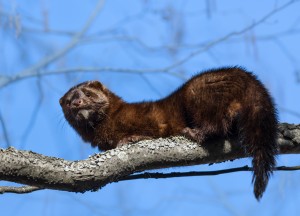 The Everglades is home to the Everglades Mink, hence the name! This small member of the weasel family is one of three types of minks found in Florida. The Everglades Mink happens to be the only one that lives in south Florida. They are semi-aquatic, carnivorous and also related to otters, ferrets, badgers, and martens.
The Everglades is home to the Everglades Mink, hence the name! This small member of the weasel family is one of three types of minks found in Florida. The Everglades Mink happens to be the only one that lives in south Florida. They are semi-aquatic, carnivorous and also related to otters, ferrets, badgers, and martens.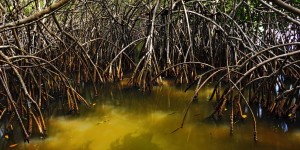 Everglades restoration is a hot topic right now, and we’d like to share as much news and updates about progress as we can. Why? Well without the beautiful Everglades, there would be no airboat tours, of course, never mind the fact that hundreds of birds, animals, and plants could possibly disappear from the Earth forever. With that said, the North American Coastal Plain, which includes the Everglades, was recently declared by the Conservation International of the North Atlantic Coastal Plain (NACP) as a Global Hotspot – it is number 36.
Everglades restoration is a hot topic right now, and we’d like to share as much news and updates about progress as we can. Why? Well without the beautiful Everglades, there would be no airboat tours, of course, never mind the fact that hundreds of birds, animals, and plants could possibly disappear from the Earth forever. With that said, the North American Coastal Plain, which includes the Everglades, was recently declared by the Conservation International of the North Atlantic Coastal Plain (NACP) as a Global Hotspot – it is number 36.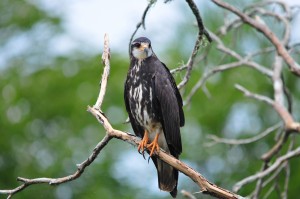 The Snail Kite (formerly known as the Everglades Snail Kite) was listed as endangered in 1967. Fast forward 49 years, this bird is still on the federal endangered species list and state regulators are being accused of not protecting the species properly. In 2000, there were 3,400 kites around and by 2008 there were only 700.
The Snail Kite (formerly known as the Everglades Snail Kite) was listed as endangered in 1967. Fast forward 49 years, this bird is still on the federal endangered species list and state regulators are being accused of not protecting the species properly. In 2000, there were 3,400 kites around and by 2008 there were only 700.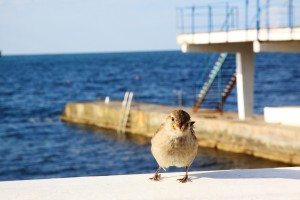 This winter has not been good for many birds in the Everglades, including the Cape Sable seaside sparrow. Its habitat has been threatened by substantial rain and water that was drained from Lake Okeechobee. For the sparrow’s nesting area, water levels were too high. The U.S. Fish and Wildlife Everglades Program knew what would happen once the water was released, but they never anticipated it being as bad as it turned out. Now, officials and biologists are concerned about this bird and its future.
This winter has not been good for many birds in the Everglades, including the Cape Sable seaside sparrow. Its habitat has been threatened by substantial rain and water that was drained from Lake Okeechobee. For the sparrow’s nesting area, water levels were too high. The U.S. Fish and Wildlife Everglades Program knew what would happen once the water was released, but they never anticipated it being as bad as it turned out. Now, officials and biologists are concerned about this bird and its future.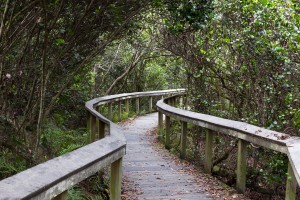 The Everglades is a beautifully mysterious place to visit. So, why not experience it up-close-and-personal? The Everglades National Park allows visitors to explore their surroundings with several hiking and bike trails winding throughout the wetlands.
The Everglades is a beautifully mysterious place to visit. So, why not experience it up-close-and-personal? The Everglades National Park allows visitors to explore their surroundings with several hiking and bike trails winding throughout the wetlands.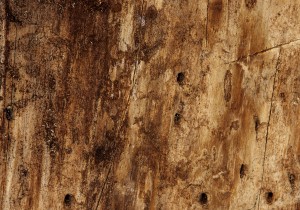 The Everglades is a distressed ecosystem. Usually, climate change, pollution, and human development come to mind when the topic of a hurting wetland comes up. Sadly, the Everglades are currently facing another threat to its future: a fungus. This fungus goes by the name Laurel Wilt, and it is a tree disease that showed up in the Everglades in 2011.
The Everglades is a distressed ecosystem. Usually, climate change, pollution, and human development come to mind when the topic of a hurting wetland comes up. Sadly, the Everglades are currently facing another threat to its future: a fungus. This fungus goes by the name Laurel Wilt, and it is a tree disease that showed up in the Everglades in 2011.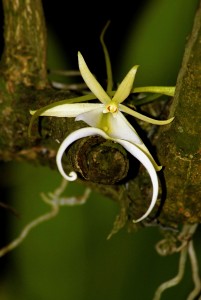 Orchids are quite an exotic flower, so it’s no surprise that they can be found in one of the most mystical places in the world: The Everglades. Seeing these Everglades orchids is like finding beauty in an unexpected place, since the area widely known for its green and swampy colorings. According to the National Park Service, the diversity of orchids in the Everglades is higher than any other National Park in the United States.
Orchids are quite an exotic flower, so it’s no surprise that they can be found in one of the most mystical places in the world: The Everglades. Seeing these Everglades orchids is like finding beauty in an unexpected place, since the area widely known for its green and swampy colorings. According to the National Park Service, the diversity of orchids in the Everglades is higher than any other National Park in the United States.